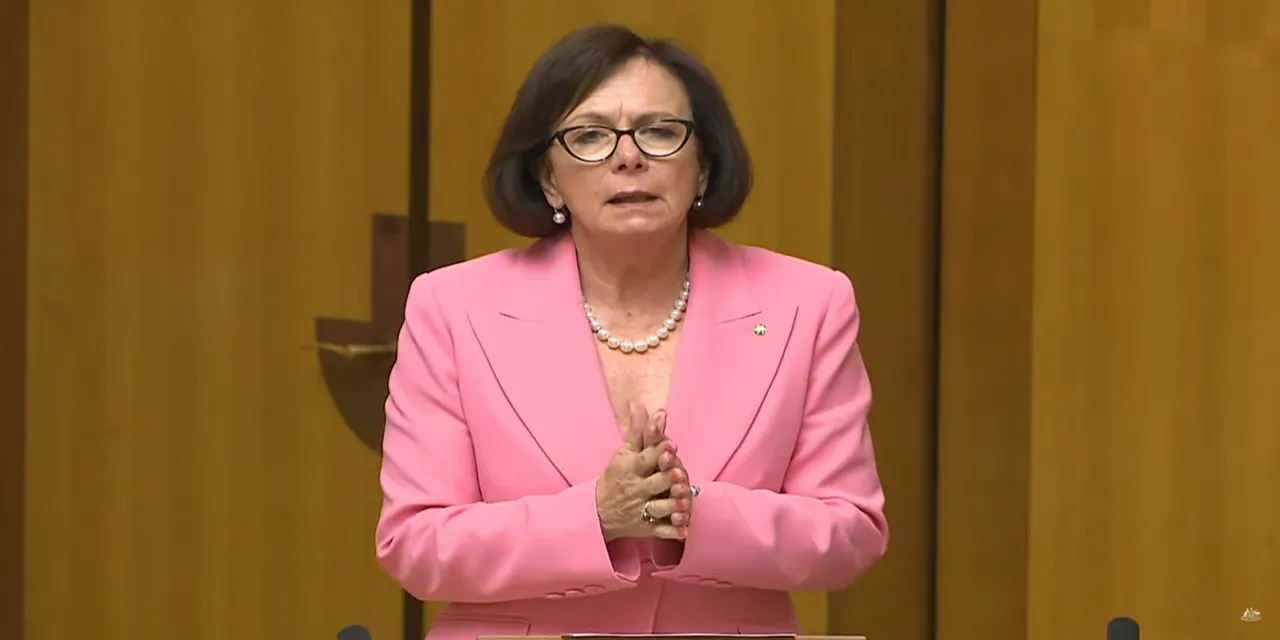Holding back regional Australians

The Albanese Labor government is holding back and leaving behind regional Australians—this time by the underfunding of local road improvement and maintenance. Local governments are responsible for local roads in our towns, suburbs and rural areas, with council managed roads making up 77 per cent of Australia's road network by length—that's 678,000 kilometres.
In Victoria, local roads make up 87 per cent of the state's road network, and 53 per cent are unsealed. Eighty-seven per cent of respondents to a 2025 survey for local governments in Victoria rated the maintenance of sealed roads in their area as either 'extremely important' or 'very important', and 86 per cent said the same for unsealed roads. Victorian local governments' performance against a measure of maintenance of unsealed roads has been steadily failing since 2016. Forty-seven per cent of respondents rated the condition of unsealed roads as either 'poor' or 'very poor' in 2025.
As shadow minister for local government, I am sticking up for them not having a go at them. Regional councils and shires face chronic underfunding, limiting maintenance and upgrades of local roads. Financial sustainability issues are worst in small rural councils due to a limited ability to generate revenue, cost shifting from state and federal governments, the huge infrastructure base that councils have to maintain, limited economies of scale and challenges in winning competitive grants.
The state of our roads is inextricably linked to road deaths. The rate of annual road deaths per 100,000 population declined over the five years to 2020, but since that low it has increased at an average of three per cent per year, reaching 4.78 per 100,000 population in 2024. In 2023, the per capita fatality rate, based on the location of a road traffic accident, increased dramatically with geographic remoteness from two per 100,000 in major cities to 22.2 per 100,000 in very remote areas. Rates in inner and outer regional areas were four to five times higher than in major cities, and rates in remote and very remote areas were 10 to 15 times higher than in major cities.
Research consistently shows that poor road conditions like inadequate lane widths, unsealed shoulders, lack of barriers, poor signage and degraded pavement contribute significantly to road fatalities, particularly to single vehicle and head-on crashes. These crashes are exacerbated in rural and remote areas, where higher speeds intercept with substandard infrastructure. Yet the Albanese Labor government's solution is to slash the default speed limit from 100 kilometres per hour to as low as 70 kilometres per hour. A shorter than usual consultation merely published on the departmental website was not announced by the minister by press release like other consultations are. The coalition has today embarrassed the government into a two-week extension of time, but this feels like a Clayton's consultation.
When it comes to regional Australia, Labor's minds are made up and their priorities are cuts, neglect and shutting regions down. In 2020, the then coalition government introduced the Local Roads and Community Infrastructure Program, an uncontested and untied grant program that every council received. This was an important mechanism to increase road funding. Despite this being an overwhelmingly popular program as the 2025-26 federal budget shows, the program is winding down, with no new allocations after June 2026. It was confirmed during supplementary Senate estimates earlier in October that there is no new untied, non-competitive grant funding for roads and local infrastructure in the works to replace this program.
In contrast, the coalition pledged a $1 billion extension to the program in the lead-up to the 2025 selection, including $500 million for roads. I absolutely want to see us work hard to reduce the road toll in regional Australia but this government would rather put the brakes on drivers. (Time expired)



